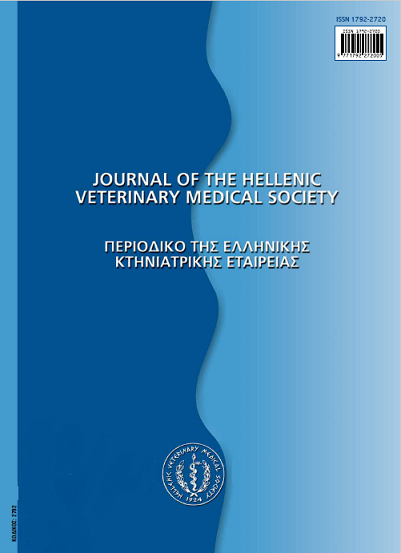Suture selection criteria and alternative methods for wound closure in companion animal surgery

Abstract
Selection of appropriate suture material is important for successful healing; it is based principally on the properties
of suture, the type of the tissue to be sutured and the condition of the wound. The mechanical and biological properties
of a suture and the suture’s size should correlate well to type and properties of the tissue to be sutured. Strategy of suture
selection for specific tissues is discussed. Presence of sutures in a wound can increase the rate of infection of the wound. The
severity of the infection is related to the suture’s properties when the wound is clean. Closure of infected wounds should be
avoided. Stapling is an alternative method for wound closure and offers a significant reduction in the operative time. Various
types of staplers are available, depending on type of the tissue and the surgical procedure. Skin staples are widely used
in the skin and other tissues. The use of vascular clips is an alternative way to ligate blood vessels. Tissue adhesives are
materials that can also be used in closure of specific types of wounds. Surgical mesh is useful for closure of large defects.
Article Details
- How to Cite
-
TZIMTZIMIS (Ε. ΤΖΙΜΤΖΙΜΗΣ) E., & PAPAZOGLOU (Λ. ΠΑΠΑΖΟΓΛΟΥ) L. (2017). Suture selection criteria and alternative methods for wound closure in companion animal surgery. Journal of the Hellenic Veterinary Medical Society, 64(1), 47–56. https://doi.org/10.12681/jhvms.15479
- Issue
- Vol. 64 No. 1 (2013)
- Section
- Review Articles
Authors who publish with this journal agree to the following terms:
· Authors retain copyright and grant the journal right of first publication with the work simultaneously licensed under a Creative Commons Attribution Non-Commercial License that allows others to share the work with an acknowledgement of the work's authorship and initial publication in this journal.
· Authors are able to enter into separate, additional contractual arrangements for the non-exclusive distribution of the journal's published version of the work (e.g. post it to an institutional repository or publish it in a book), with an acknowledgement of its initial publication in this journal.
· Authors are permitted and encouraged to post their work online (preferably in institutional repositories or on their website) prior to and during the submission process, as it can lead to productive exchanges, as well as earlier and greater citation of published work.



